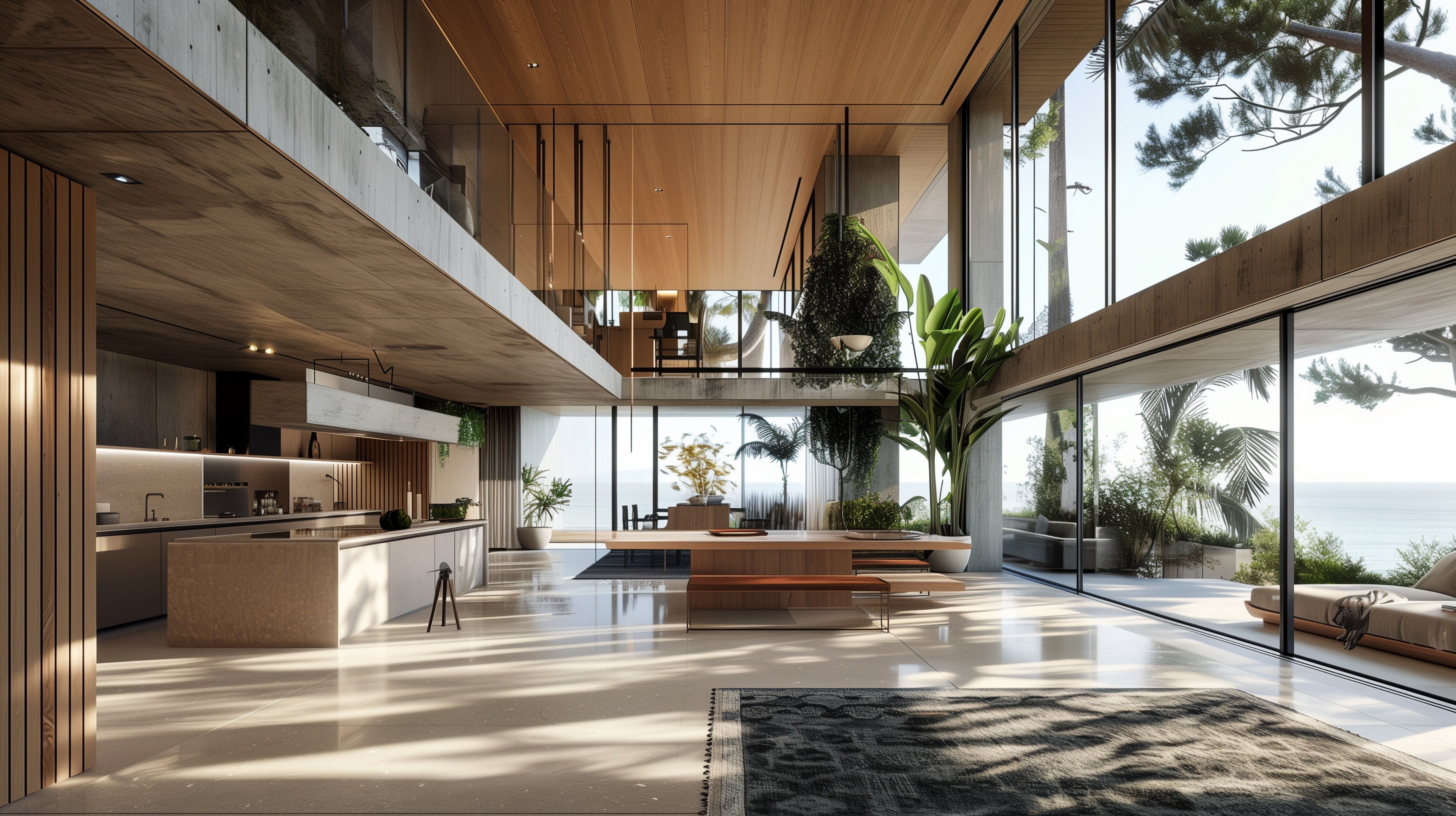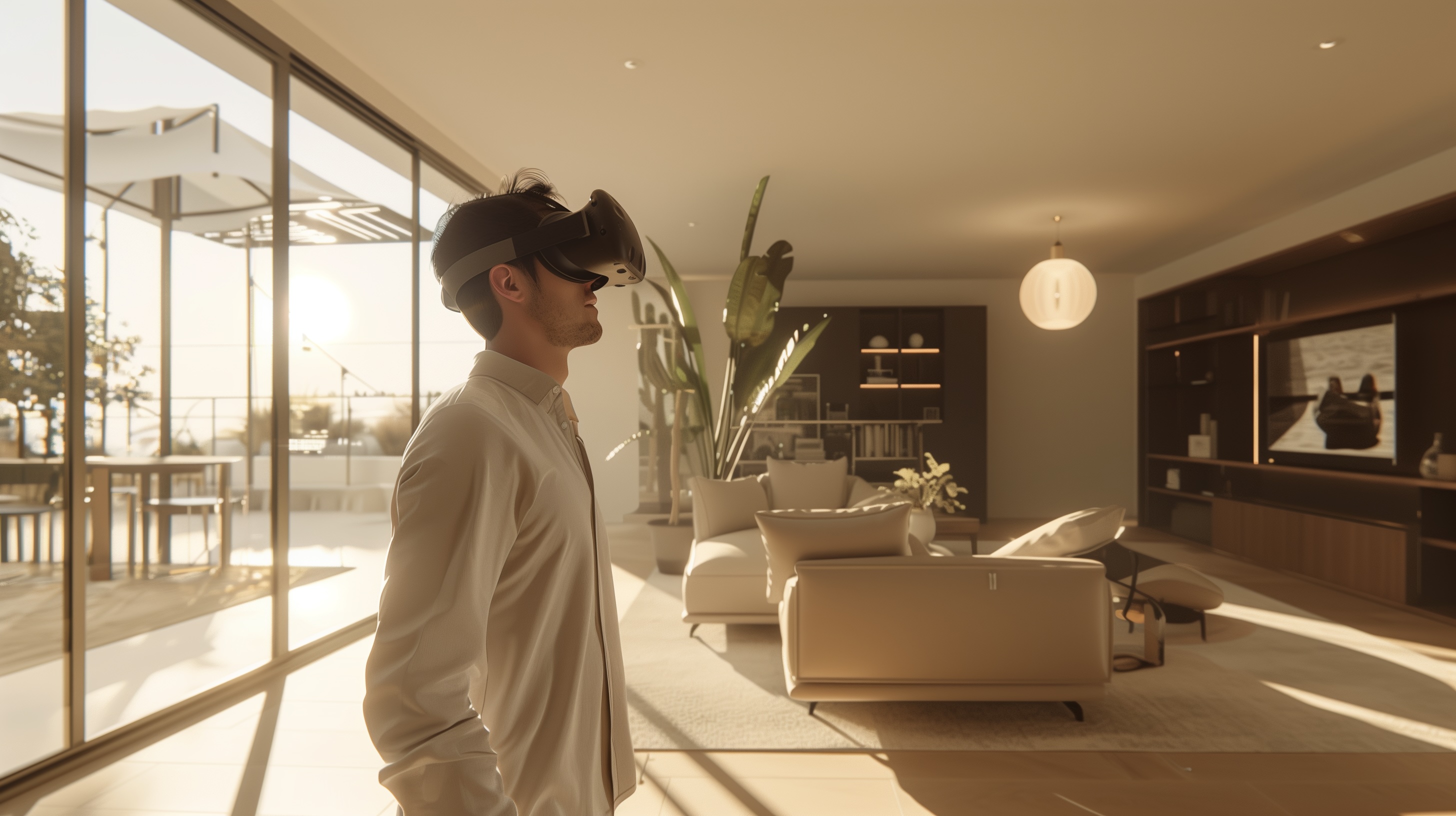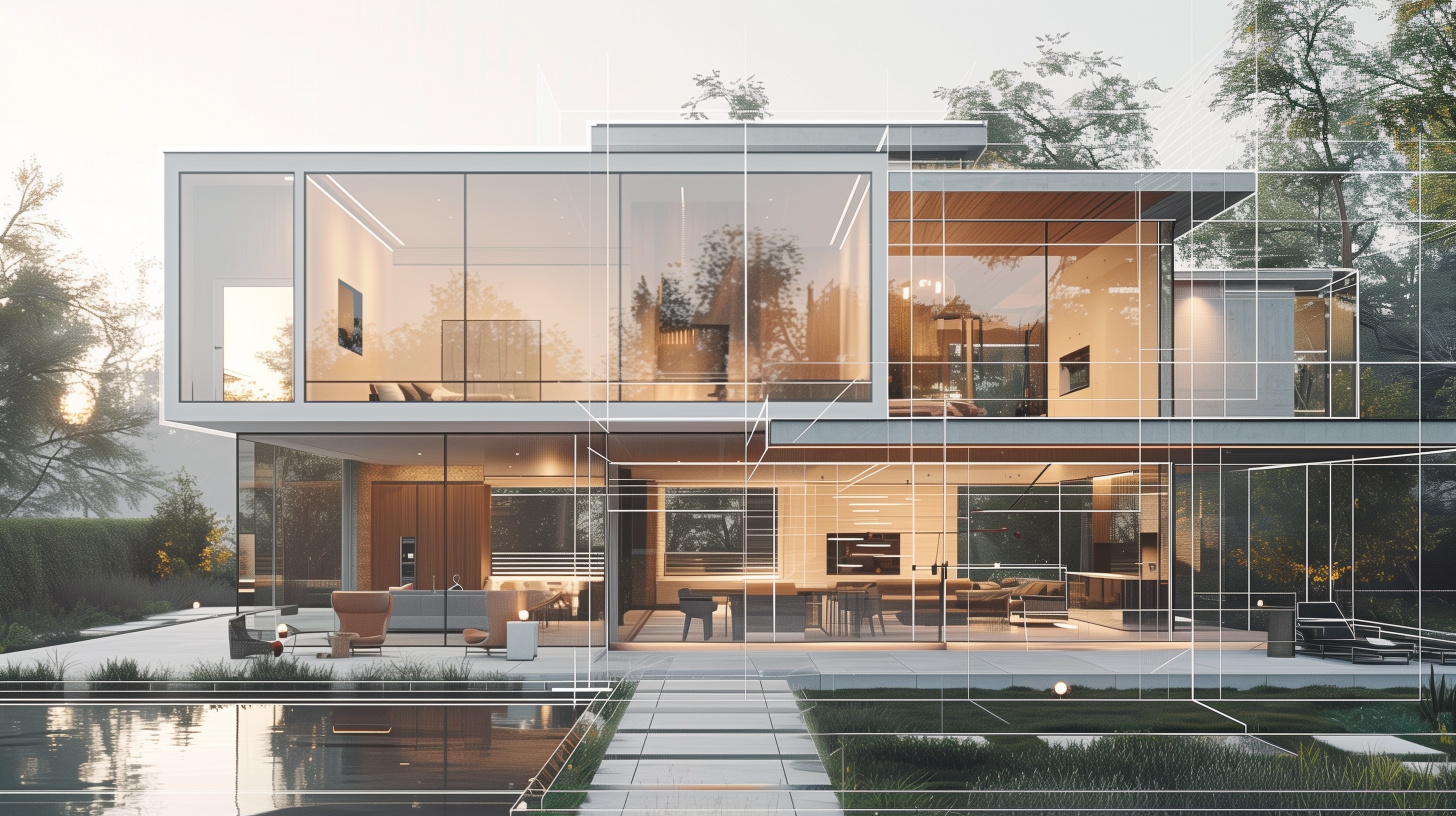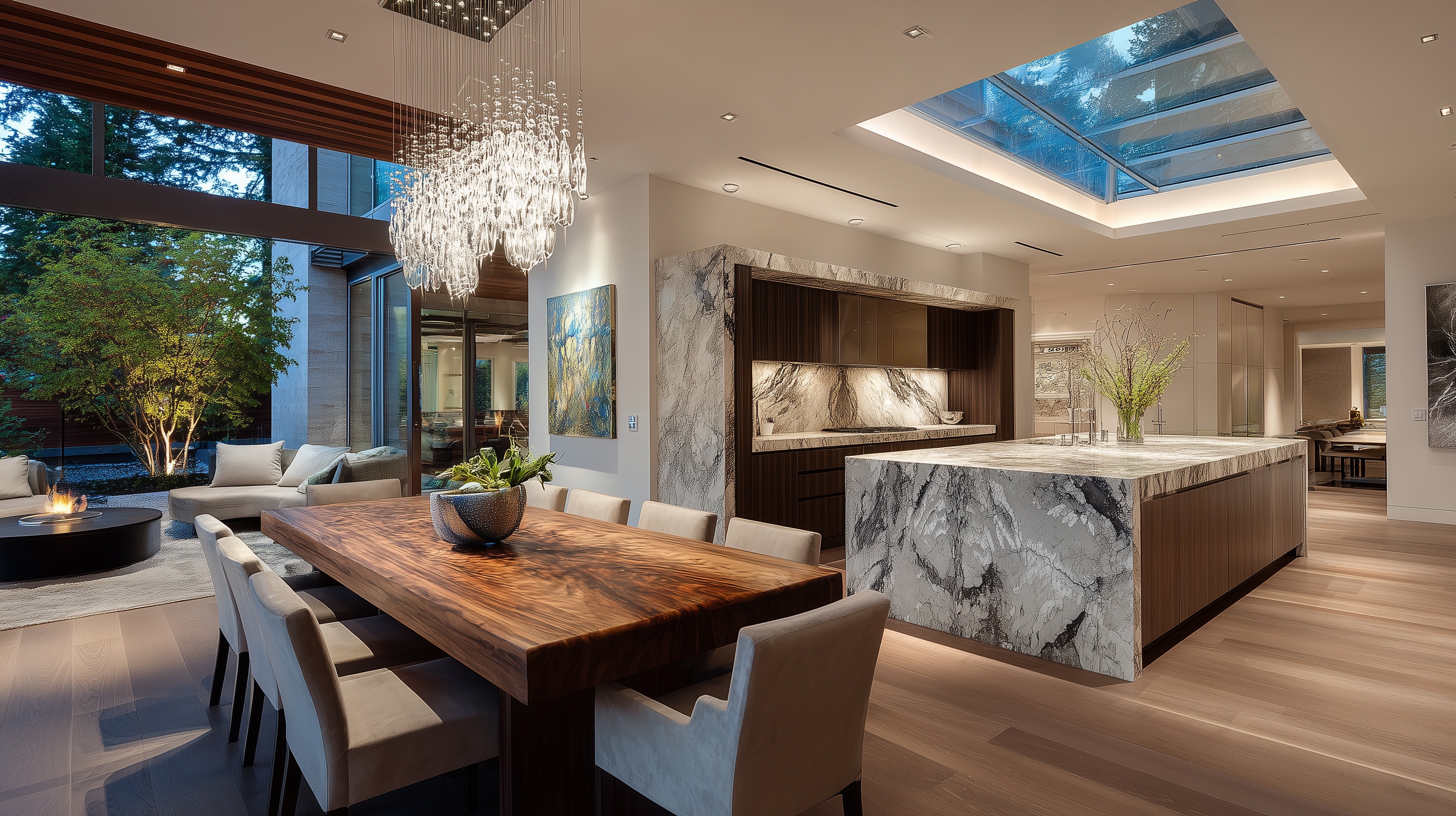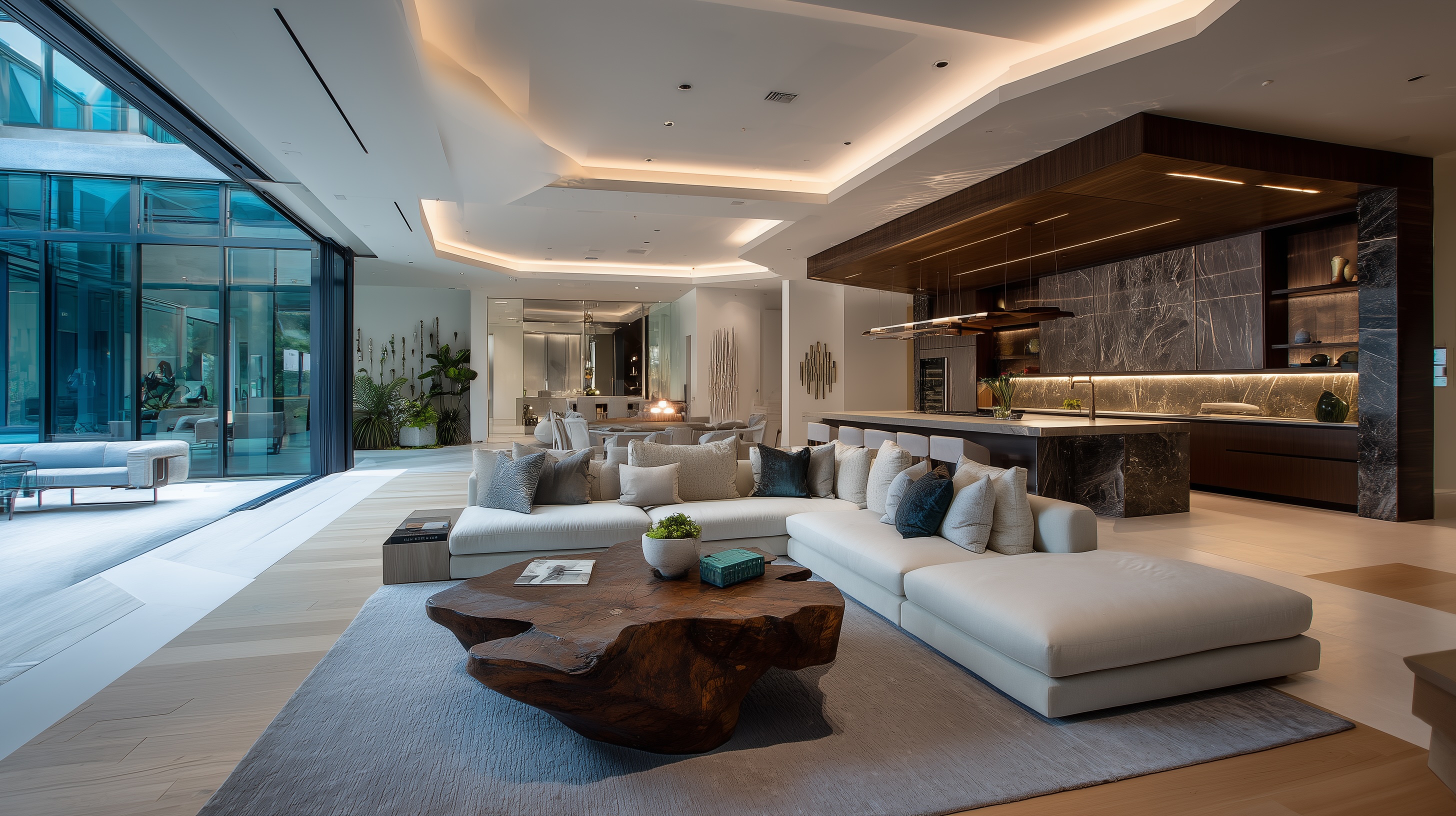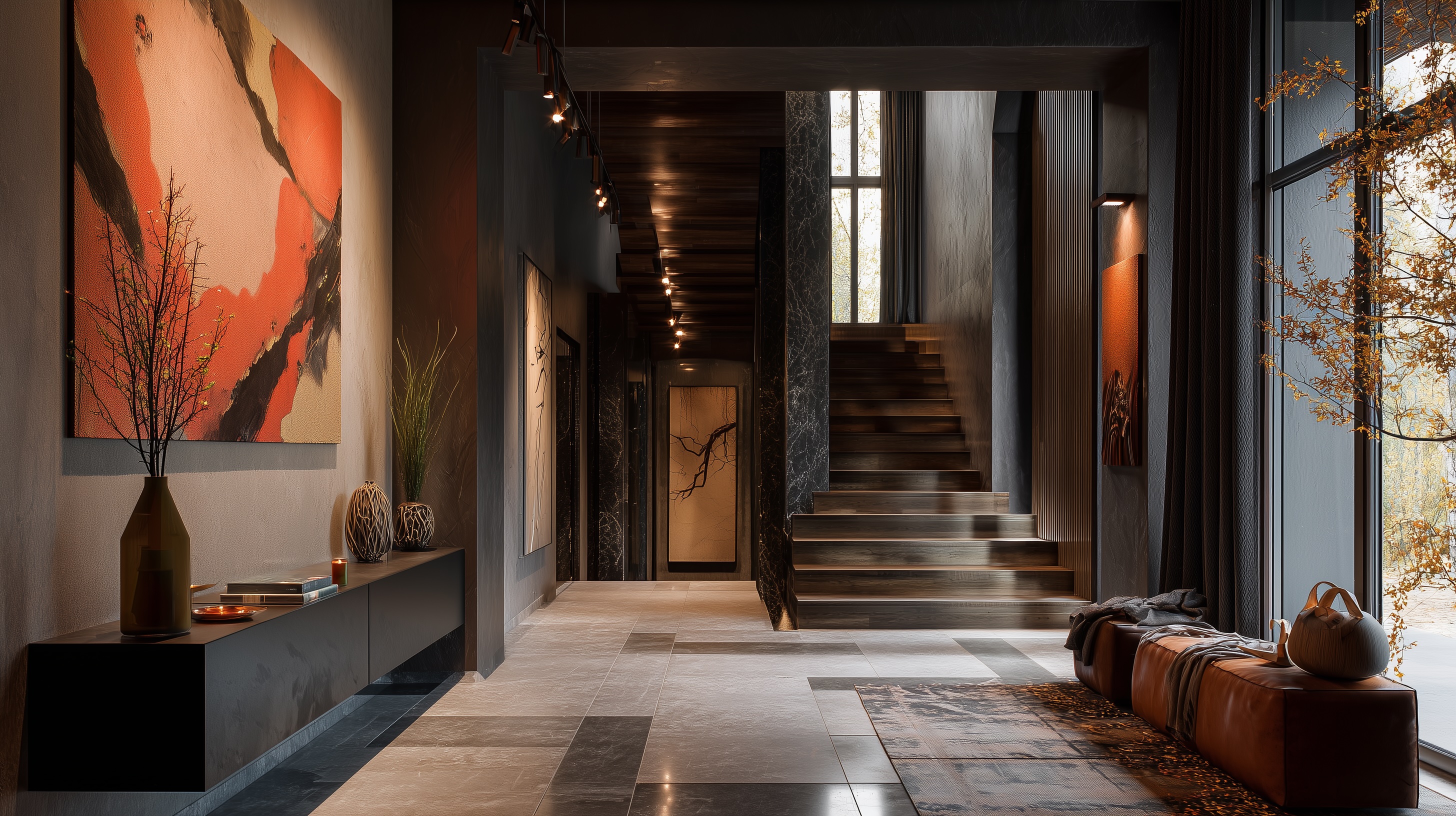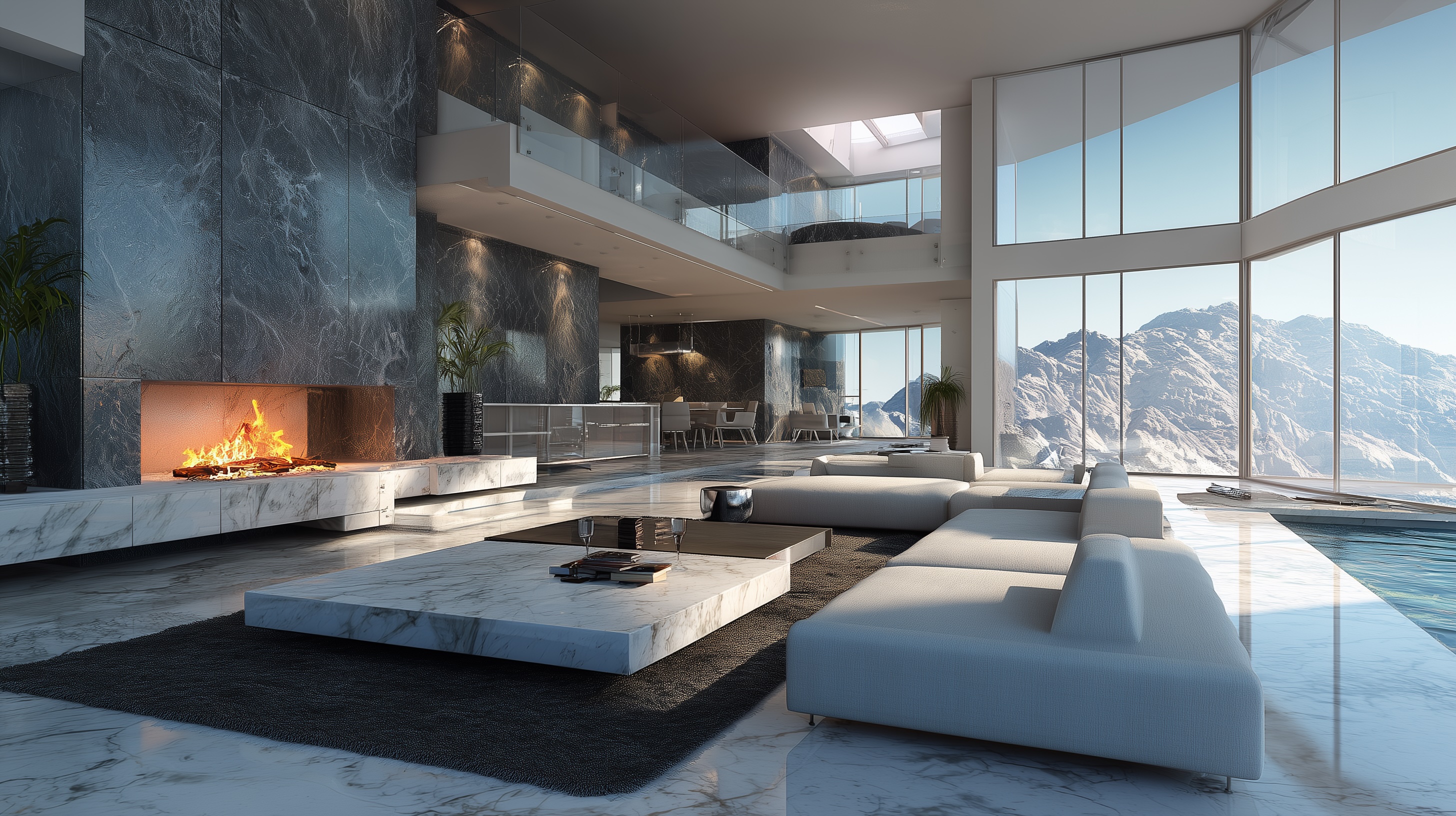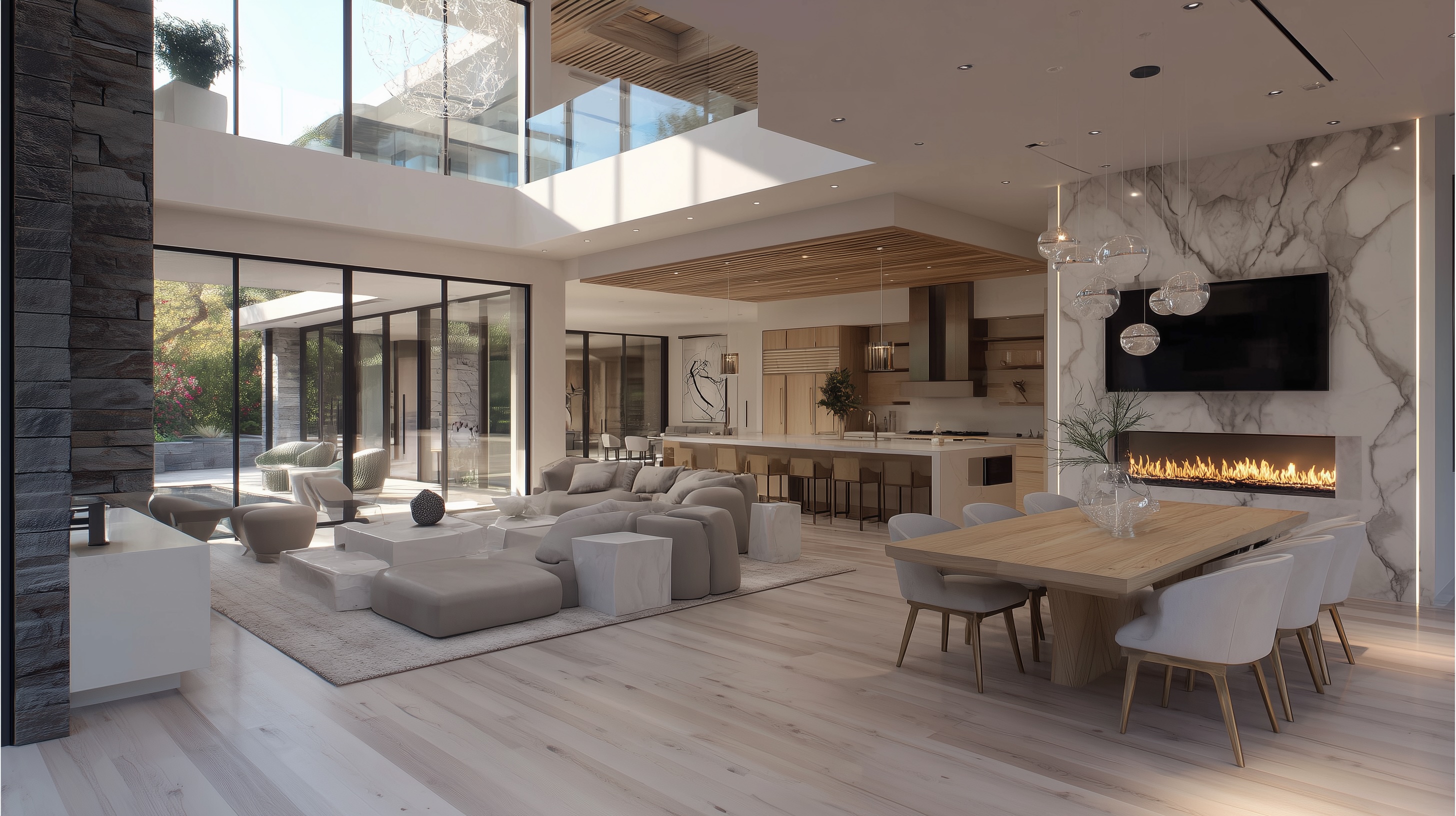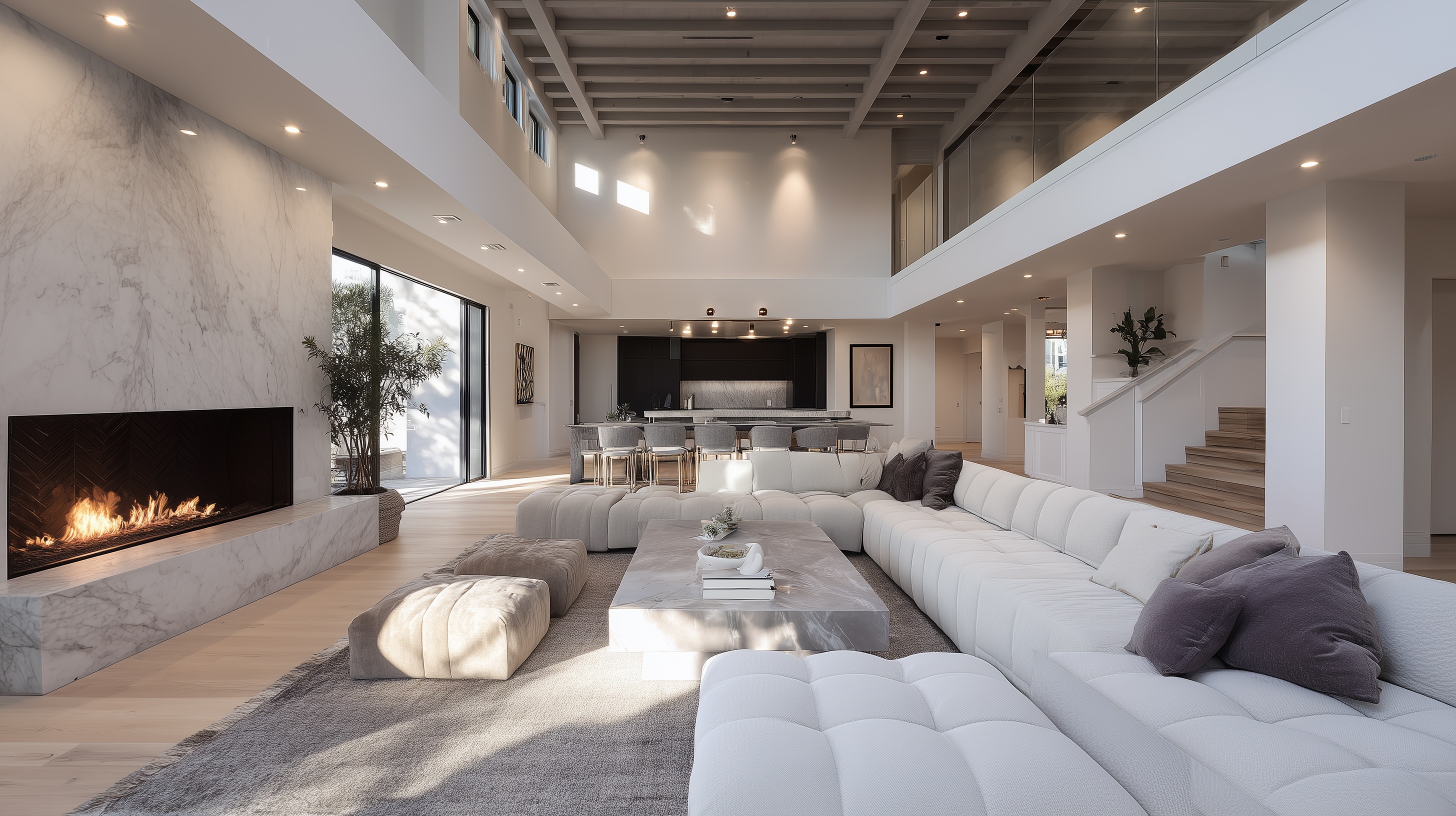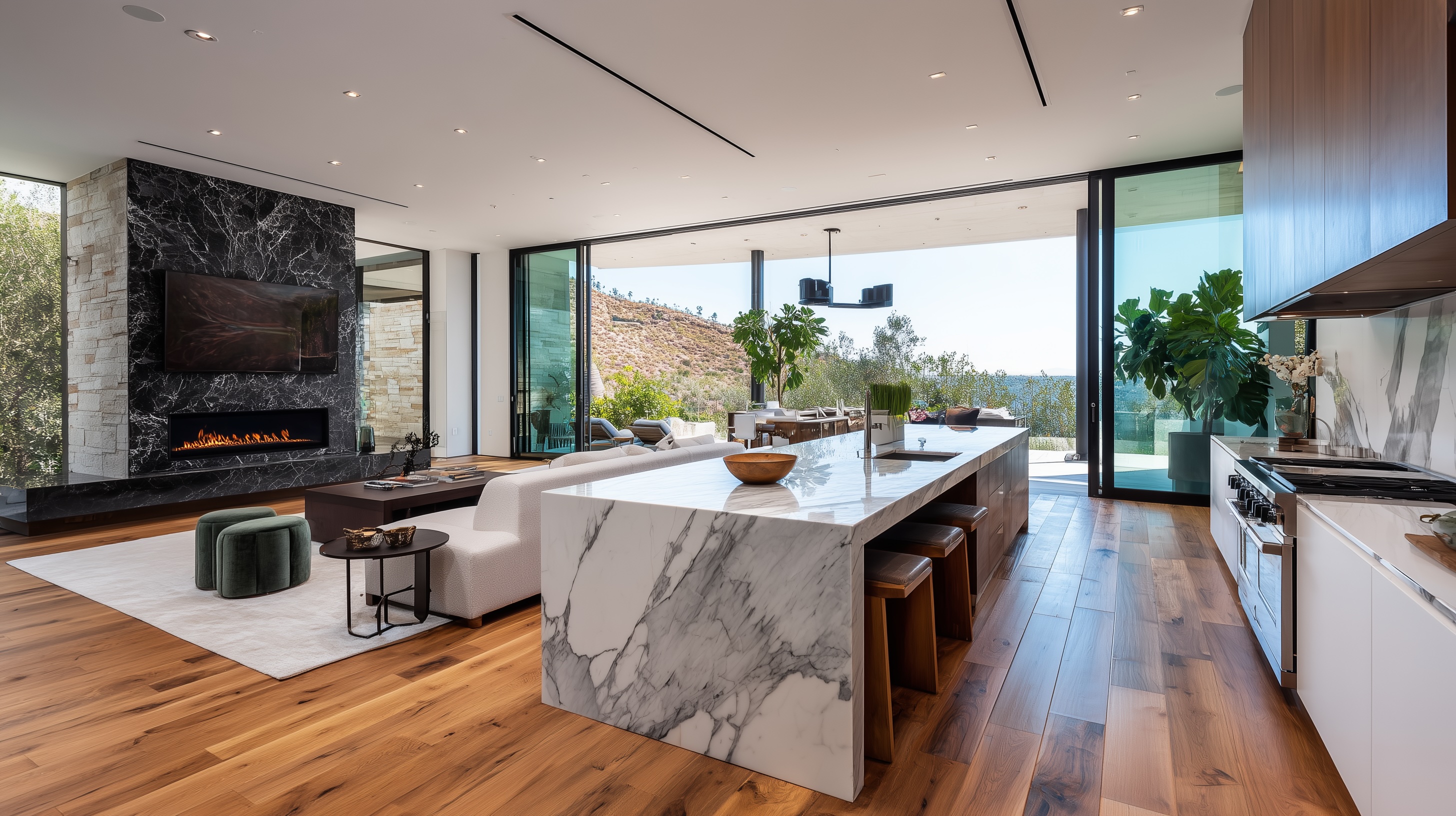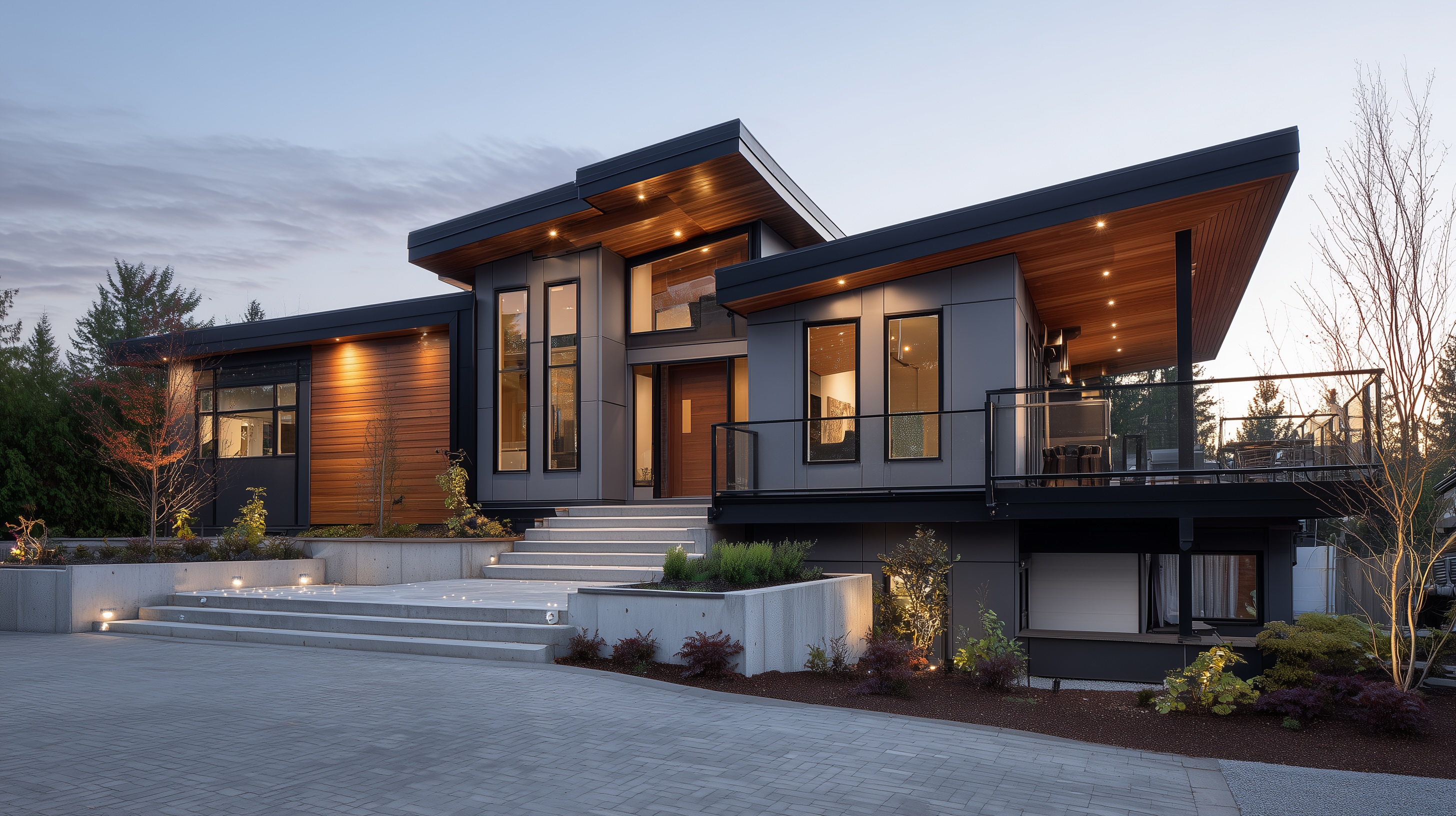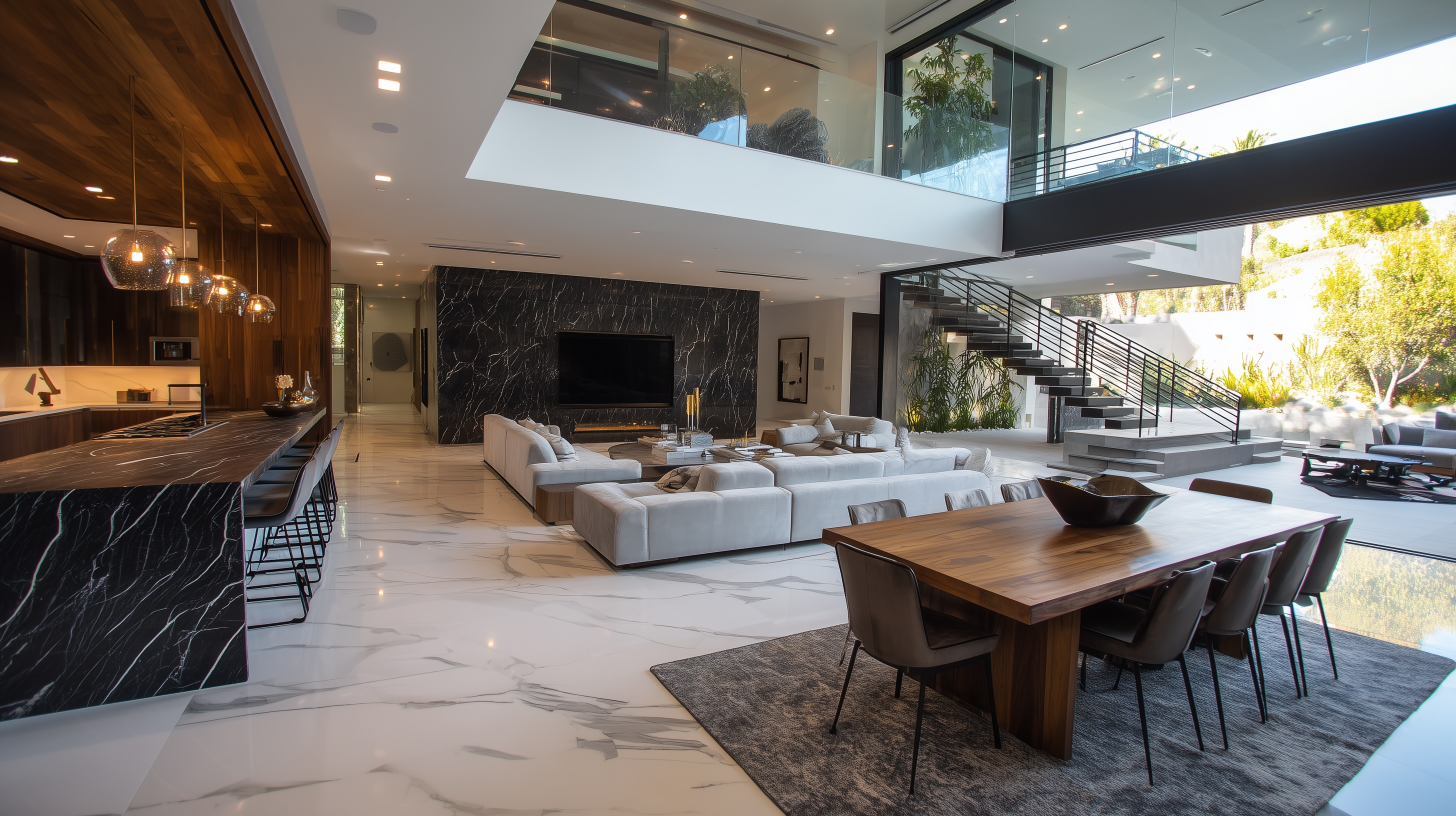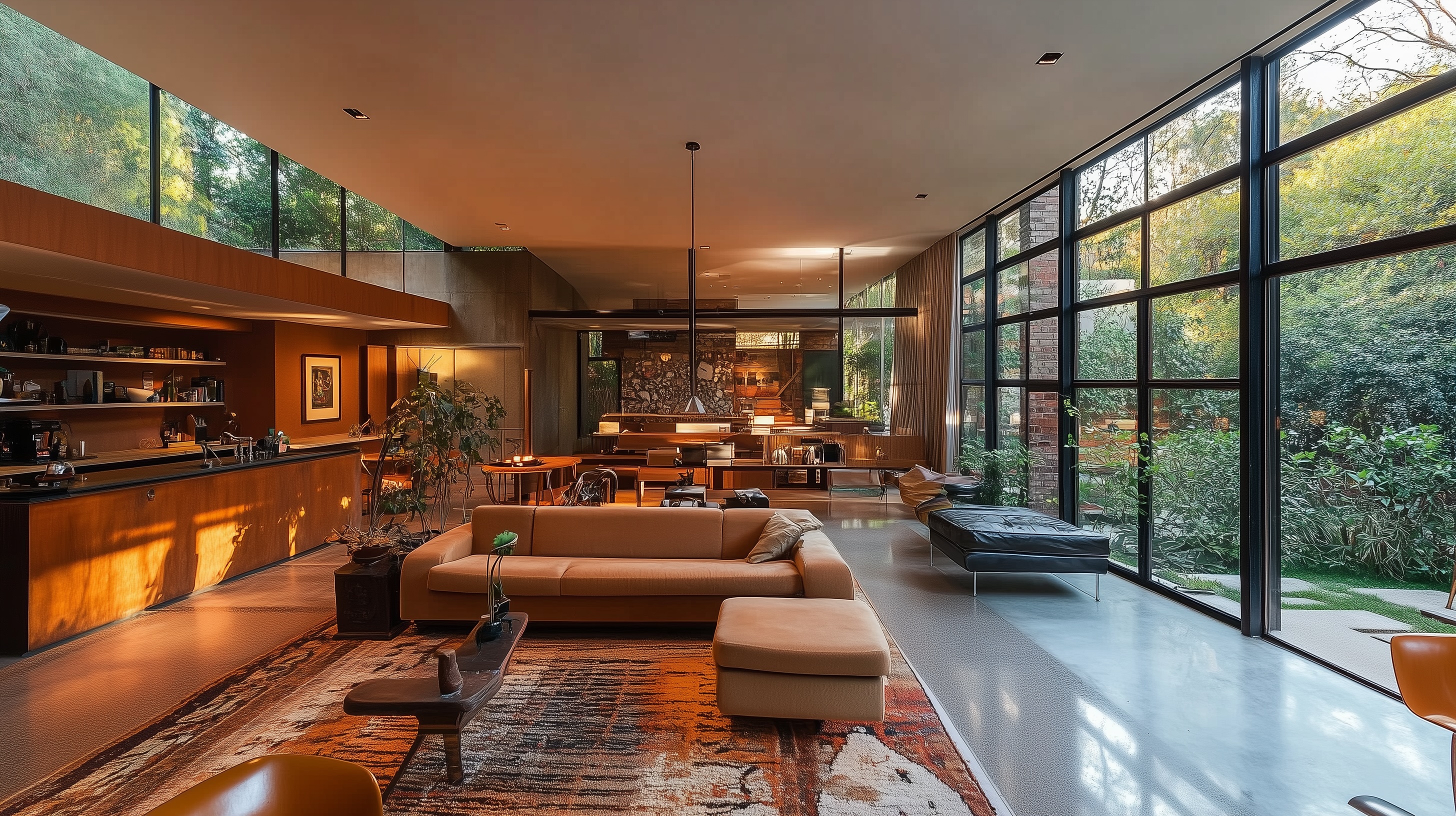Soundproofing, Sleep, and Mental Wellness: Elevating Wellness-Oriented Design
Soundproofing, Sleep, and Mental Wellness: Elevating Wellness-Oriented Design
In part one of our wellness-oriented design series, we covered the importance of air quality, natural light, and biophilic design. Now, we’ll dive deeper into additional wellness aspects that are often overlooked—soundproofing, sleep environments, and mental wellness. These elements play a crucial role in creating a home that fosters peace, relaxation, and emotional well-being.

1. Soundproofing and Acoustics: Creating a Quiet Haven
Noise pollution, both from inside and outside the home, can have a detrimental effect on our health. Studies have shown that constant exposure to noise can increase stress levels and disrupt sleep patterns. Wellness-oriented homes address this issue by incorporating soundproofing measures to create a quieter, more peaceful living environment.
- Insulation and Acoustic Panels: Adding soundproof insulation to walls, floors, and ceilings can significantly reduce noise transfer between rooms. For even more noise reduction, acoustic panels can be strategically placed to absorb sound and prevent echoes.
- Soundproof Windows: For homes in noisy urban areas, installing soundproof windows can block out unwanted external noise, helping to maintain a serene indoor atmosphere. This is especially important for bedrooms and living spaces where peace and quiet are essential for relaxation.
2. Sleep Environments: Designing for Restful Nights
A good night’s sleep is vital for physical health and mental clarity. Wellness-oriented design includes creating sleep-friendly spaces that promote relaxation and reduce disturbances.
- Dark, Quiet Spaces: Bedrooms designed for optimal sleep often feature blackout curtains, soundproofing, and calming color schemes. Eliminating sources of light and noise ensures that you can fall asleep and stay asleep without interruption.
- Temperature Control: Sleep environments should also be temperature controlled. Smart thermostats and zoned HVAC systems allow for precise temperature regulation, ensuring that the bedroom remains cool and comfortable throughout the night.
- Ergonomic Bedding: Beyond the design of the room, investing in ergonomic bedding and furniture, such as mattresses and pillows that support your spine, contributes to better sleep quality and overall wellness.
3. Mental Wellness: Designing for Emotional Wellbeing
The design of your home can have a profound effect on your mental health. By incorporating features that promote calmness, relaxation, and creativity, you can create a space that nurtures your mental wellness.
- Mindful Spaces: Incorporating mindful spaces like meditation corners, yoga rooms, or quiet reading nooks allows for moments of relaxation and introspection. These spaces can be designed with soothing colors, soft textures, and comfortable seating to foster a sense of calm.
- Decluttering and Organization: Clutter can create feelings of stress and overwhelm, so wellness-oriented homes often focus on functional storage solutions that keep things tidy. Thoughtful organization and minimal clutter contribute to a sense of order and peace in the home.
- Color Psychology: The colors you choose for your home’s interior can greatly impact your mood. For example, blues and greens are known to have a calming effect, while warmer tones like yellows and oranges can promote feelings of happiness and energy.
A Holistic Approach to Home Wellness
Wellness-oriented design goes beyond just aesthetics—it’s about creating a home that supports your physical, emotional, and mental well-being. From soundproofing to sleep-friendly environments and mental wellness features, designing your home with these elements in mind can greatly enhance your quality of life.
By incorporating wellness-oriented features into your home, you’re not just creating a living space—you’re building a sanctuary that promotes health, happiness, and peace of mind for years to come.


%201.png)

